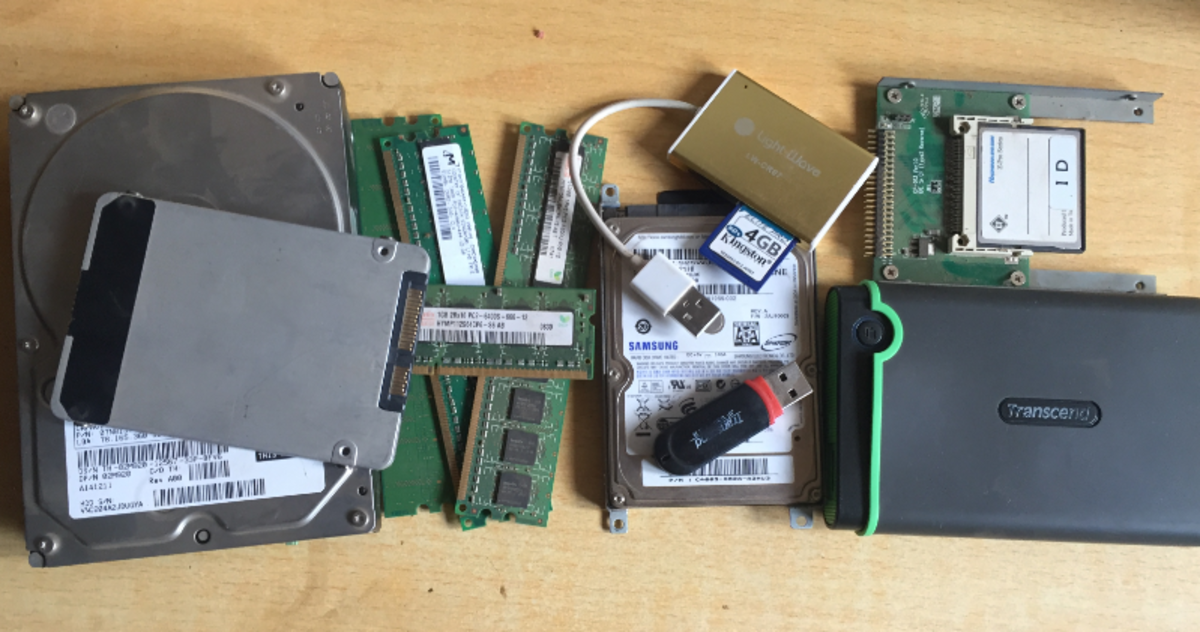The Secret Slayer: Data Rot Devours Your Pictures
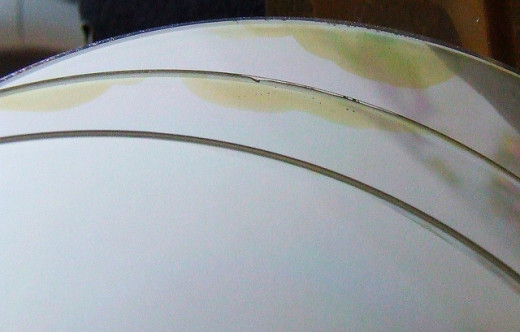
Your daughter’s first dance recital: gone.
Your son’s little league award ceremony: vanished.
That dream trip you and your spouse finally went on after all those years: vaporized into thin air.
Imagine opening up the family photo album you lovingly filled over the years, preserving generations of memories, and discovering that every picture you so carefully affixed within its leaves had been wrenched out and discarded without remorse. Can you feel the blow to the stomach; the pounding heartache of loss?
Photos are keepsakes of inestimable value. They allow us to look back at a slice of time and relive all the sights, sounds, scents and experiences surrounding that brief moment captured forever with the click of a button. But “forever” might be briefer than you think. As you read this very sentence, your family’s history may very well be slipping away, and there’s not much you can do about it. When it comes to digital images, permanent storage is not as permanent as you think. No one can definitively guard against the secret slayer of your digital memories: data rot.

Do the Data Rot Shuffle
Not-So-Permanent Storage
Over the last decade, most home photographic records have shifted to being stored in digital form. Gone are the days of those hideous “magnetic” photo albums that leach color from your snapshots; abandoned are the stacks of shoeboxes housing crushed and forgotten pictures in some dusty attic. Here in the Space Age, we modern folk have gone digital. This change has made us feel freer to capture more shots than we used to when limited to 36 exposures. It has enabled easy sharing of images with friends and family, and opened up shelves that used to be burdened with heavy photo albums. It has allowed us to explore our creativity through cropping and applying various filters and after-effects that, not long ago, weren’t even available to professional photographers. Digital photography is, without a doubt, a most remarkable technology, revered by millions of shutterbugs just like you.
Until that moment when your hard drive greets you with the click of death. If you don’t yet know this sound, be prepared for when the day arrives; it’s an ominous sound you will never forget. That tinny click-click-click is the futile signal of your drive desperately trying to resuscitate your data. And once that haunting sound begins its mocking taunt, you can forget it, because the data rot demon has paid you a visit and man, your data’s gone.
You might get lucky by taking your drive to an expert specializing in data recovery. But data recovery services are not cheap, and, unfortunately, they aren’t always successful. And the whole time those high-priced techies are puzzling over your drive, all you can think about is your file containing the last picture of grandma, in her garden that final summer...
Can You Hear Me Now?
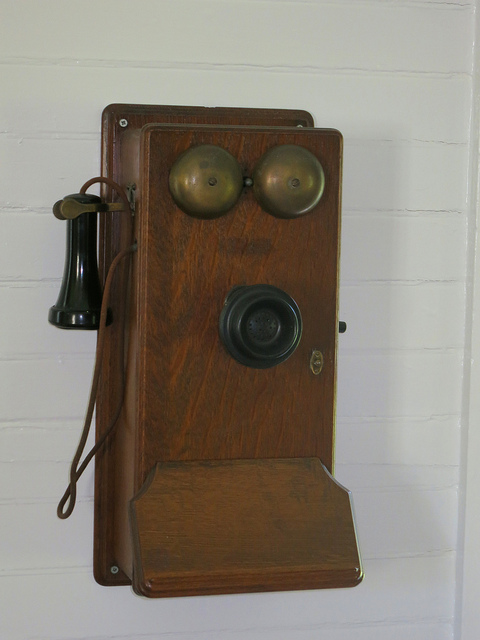
Data Rot of Obsolescence
Technology always marches ahead, creating newer and better answers to life’s problems. People are often quick to proudly proclaim that, this time, the new technology will surely solve the problem at hand for good, and worries will be a thing of the past. No more data rot!
Unfortunately, each new wonder of technology also eventually becomes a thing of the past.
An old-fashioned telephone won’t plug into your home’s phone jack--if your home even has a landline jack anymore. Stuffing your disk drive with an IBM punch card won’t run the card’s program or reveal its concealed data. And the important family documents you wisely stored on that ZIP disk--well, did you happen to keep a ZIP drive around? More importantly, did you happen to remember to collect your images and other records stored on old tech and transfer them over to new tech mediums? Or are you stuck with a stack of ZIP, JAZ and (perish the thought!) floppy disks with no drives to extract whatever it was you had carefully stored on them?

Old-School Tech (Keyword: Old.)
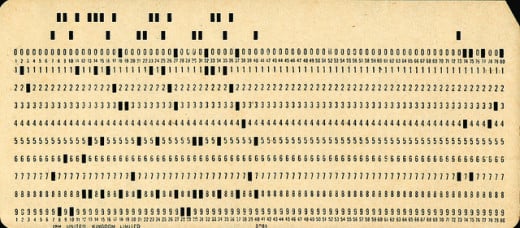
Double Data Rot: Corrupted Data on Obsolete Disks
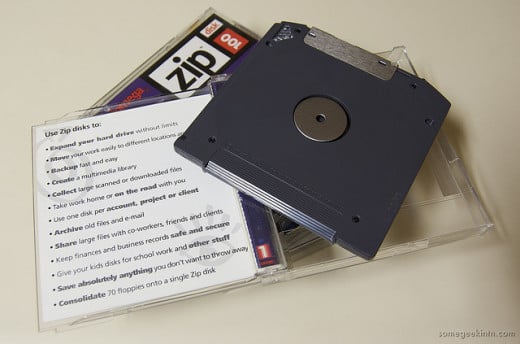
As technology moves forward, old forms of storage become antiquated, which means the necessary modes of retrieval become rare and even unavailable (played any 8-tracks lately?). This is the data rot of obsolescence. We turn to newer technologies, and hope those formats might last at least a while. In the meantime, drives crash, data corrodes and files degrade. Brand new hard drives used just once or even right out of the box have been known to fail without explanation. While backing up is still a good idea as a first line of defense, it isn’t necessarily a panacea for all data storage concerns. And that has a profound impact on irreplaceable generational data, like family photographs, that can be lost for eternity.
So, What Is Data Rot?
The media in hard disks is stored in magnetic particles. Even the smallest changes in these particles can result in corruption, rendering the data unreadable and inaccessible. Over time, these changes can occur randomly and without warning, placing your image files in serious jeopardy of data rot. It might be that your actual image file is intact, but, because the data bit that points to the file has become corrupted, accessing your image is impossible.
Some studies have revealed that after about a year and a half of usage, well over half of all disks storing data become corrupted to some degree. Levels of corruption severity can vary, but you never know when data rot will wreak its havoc, nor to what degree. The statistics favoring the likelihood of data rot are chilling, and understandably give pause to the question of how digital pictures should best be preserved.
There are some steps digital photographers can take to recoup their data, but it’s not usually an easy task for the casual user. If the file system structure is affected, some recovery utilities might be able to extract your data, but, if the file content itself is corrupted...well, get out a big box of hankies, because you may be in for a good, long cry.
Estimated Lifespan of Storage Devices
Storage Device
| Estimated Lifespan
|
|---|---|
Hard Drive
| 3 to 5 Years
|
USB Flash Drive
| 1,500 Connections
|
CR-R Disk
| 2 to 3 Years
|
Read-Only Disk
| 5 Years
|
DVD
| 5 Years
|
While some disks and drives might faithfully serve for ten years or more, that's not a forecast to count on. Even devices advertised as "long life" storage solutions can fail after brief usage.
I Backup, So My Pictures Are Safe From Data Rot...Right?
Hopefully, you know about the importance of backing up your digital images, and actually take steps to backup your data on a regular basis. If you do, then your pictures are probably safe from data rot.
Probably.
Not the word you really want to see when you’re already unnerved by the failure of your computer’s hard drive and about to cautiously spin up that backup drive you haven’t plugged in for months...or longer. Will your backup come through for you?
Don’t be too hard on yourself if it doesn’t. After all, backing up is, at present, the smartest defense you have against data rot, and if you do meet with the grim fact that your backup has failed, you can at least console yourself that you’re in good company.
You might expect a cutting-edge, technology-focused company whose entire business depends upon digital images would take every precaution against losing its valuable data. Surely, such a company would spare no expense in protecting its precious images that are literally worth millions. And you’d be right. But that didn’t save world-famous animation studio Pixar from losing its first big successful movie to an unexpected technical snafu.
Perhaps you’ve heard the tale: while accessing computer files for their breakout movie, “Toy Story,” the folks at Pixar noticed that where they expected to see dozens of files, there were suddenly just a few. As they beheld the computer screen, other files slipped away, right before their eyes. One by one, then dozens by dozens, files that were the essence of the show’s characters and scenes simply dematerialized, until workers quickly pulled the plug. But it was too late: by that point, 90% of Pixar’s masterpiece was gone forever.
Of course, the company had backup files, so there were no real worries...until it was discovered that the backups had failed some time back; nobody was sure how long ago. Suddenly, the company’s worries turned into full-steam panic as years of hard work simply emptied into non-existence.
Luckily, one of the company’s employees often worked from home, and happened to have put a copy of the files on her personal computer. She was able to replace the company’s lost files, and thus, she single handedly saved this multi-million dollar corporation from losing the gem of a film that would go on to gross $361 million worldwide.
If a major digital image company like Pixar can be sidelined by technical problems and data rot, despite all of its expertise and planned redundancies for backups, how much more likely might the average home computer user be at risk of losing precious images?
The disconcerting possibility that the backup method you’ve trustingly relied upon could fail you without warning is a painful yet important consideration to face.
The Toys Are Back!
Digital Image Data Rot is a Serious Problem
Digital images appear to be inevitably bound for permanent loss. There really aren’t any tools available to the average computer user to unequivocally defend against data rot, and no way to prevent it or detect that it’s about to happen to your disks or hard drives. It’s simply a matter of time. And according to experts, that time frame might be as much as ten years or as little as 18 months. You just never know.
Which begs the unsettling question: how valuable are your digital images to you? And how, in addition to traditional backups, do you plan to guard and protect your cherished collection of digital pictures against data rot for generations to enjoy?
Play It Safe.



